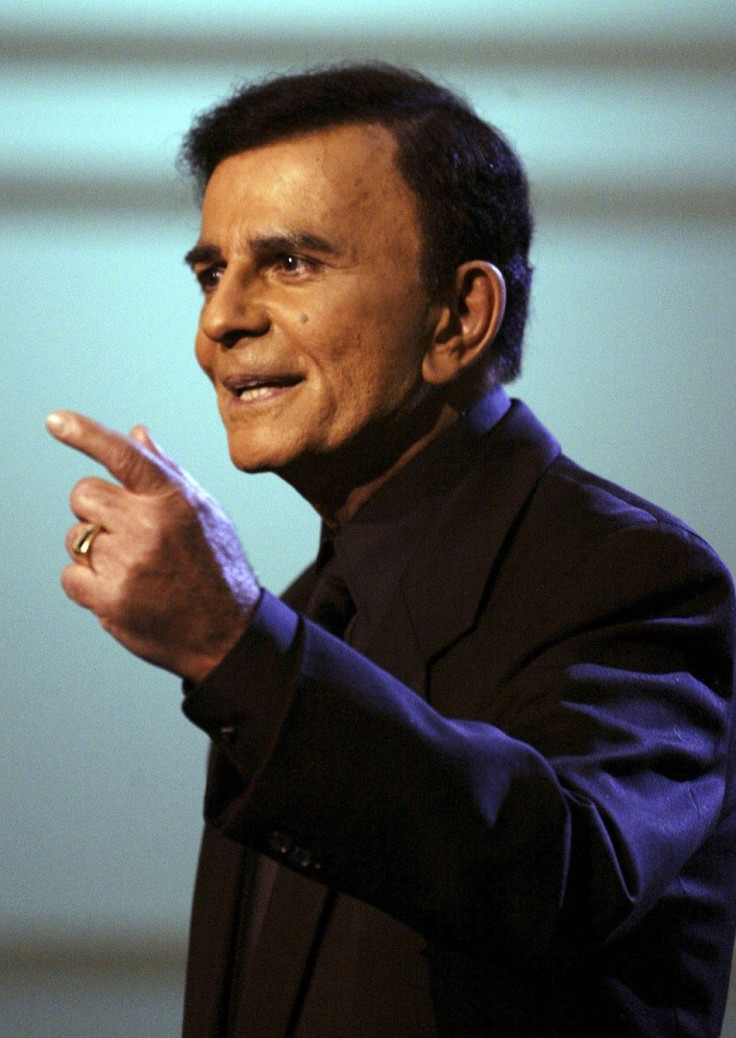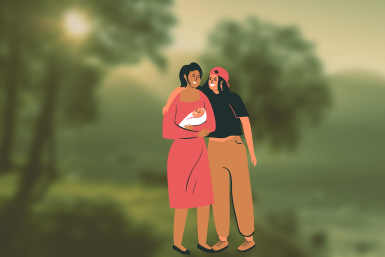Elastic Vocal Cords Secret to Great Radio Voice, Says Aussie Researchers

If beautiful actresses have faces like Helen of Troy that could launch a thousand ships, radio broadcasters and disc jockeys likewise have voices that could make listeners swoon and think the man or woman behind the microphone is as pretty or handsome as his voice indicate.
A study by University of Sydney speech researchers explains the very distinct voice of radio broadcasters to their elastic vocal cords. That means their cords close faster than the average person.
The researchers reached that conclusion after they filmed that anatomical part of male radio announcers, broadcasters, newsreaders and voice-over talents with the use of a high-speed camera in a bid to discover what makes the sound they make different from sounds made by non-broadcasters.
Dr Clare Madill from the university admitted it is hard to isolate and measure the radio voice that is incredibly distinct, described in some studies as warm, resonant, powerful, emotive and authoritative.
Because of the popular belief that having a voice that is distinctly different from other voices is a prerequisite to working as a radio broadcaster, the researchers tried to find any identifiable element of the human body that could contribute to the gift of having that distinct voice.
To do that, the researchers had to place the camera capable of taking 4,000 frames per second inside the mouth of the broadcasters to video the vocal chords while vibrating. They found that the closing phase of the broadcaster's vocal cords was faster than its opening phase, according to the report published by the PLOS ONE journal.
In the case of 16 male non-broadcasters, the time it took their vocal cords to open and close was the same.
Medill acknowledged their conclusions are just educated guesses, explaining, "The vibration of the vocal cords probably makes a contribution to radio broadcasters having a warmth or depth, or an ability to maintain a particular tone whilst they move their pitch around though."
She added, "Together with specific resonatory characteristics, it probably contributes to them being recognised as having a voice that is good for radio."
However, a powerful voice is not just dependent on the characteristics mentioned in the University of Sydney study. It is also dependent on how powerful is the reach of the radio signal owned by the broadcasting firm.
But with new technologies, power broadcasting is no longer done on how strong are the radiowaves being used but also having the ability to reach a wider audience beyond national borders and tapping social media to further disseminate information.
Progressive media organisations like BBC, for instance, use a Software as a Service platform offered by the London-based company
Audioboom Group PLC (LSE: BOOM.L), which has apps, embeds and custom publisher solutions.
The London-based publicly listed company is known for its social media platform that audio producers use to record either live or from the studio, upload and share audio by syndication and social media sites such as Twitter and Facebook.
Besides BBC, Audioboom's other clients include Sky Sports, Bauer, Absolute Radio, The Guardian, Universal, Aljazeera, Polydor, The Telegraph and Oxfam.
From the initial 19 channels during the platform's launch in March 2013, Audioboom currently has about 2,000 content channels, disclosed Rob Proctor, CEO of Audioboom, which so far has 2.5 million registered users and 12 to 13 million monthly active users across platforms.






